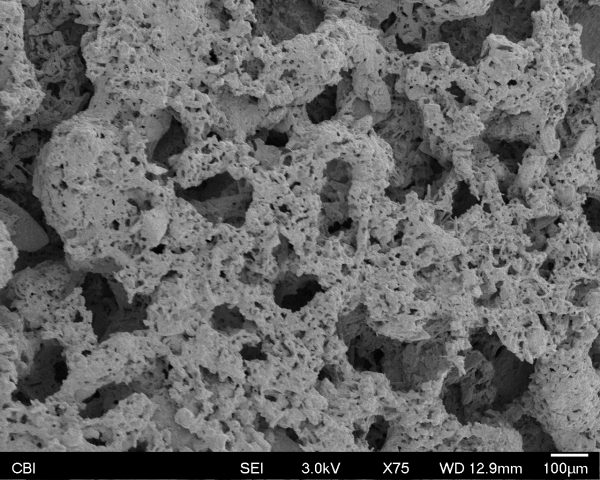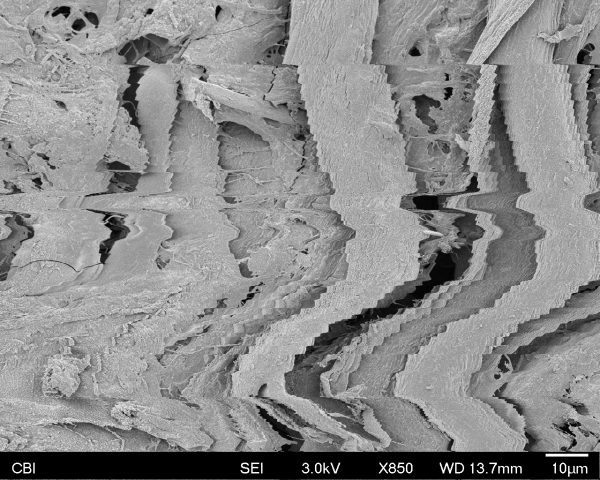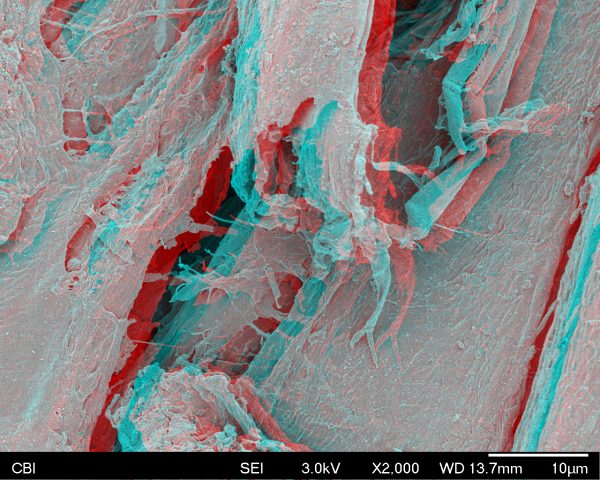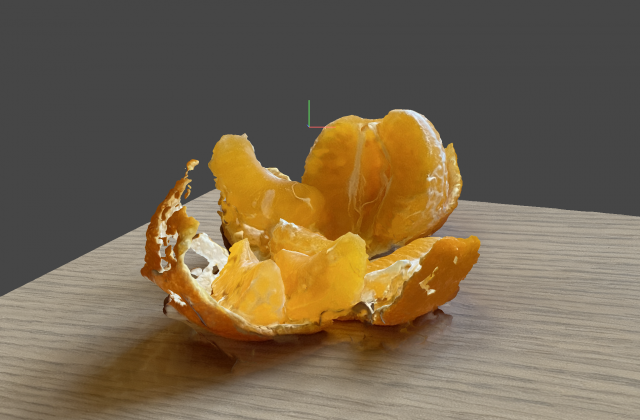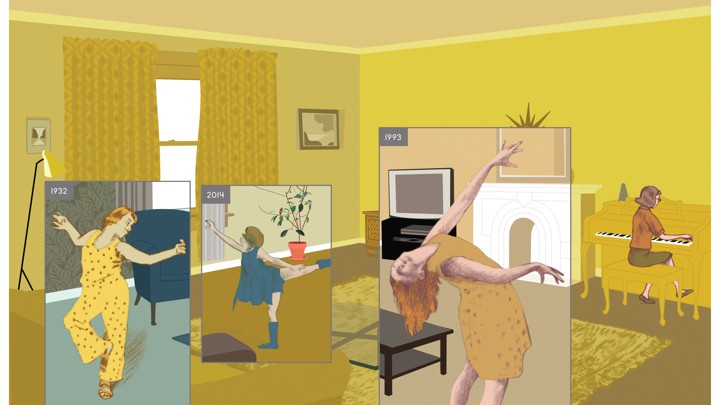For my typology, I’ll be using the Bebird Otoscope Camera to inspect and document the connection ports on people’s devices. Normally used to inspect people’s ears and clean accumulated wax, I’ll be using the camera to inspect the buildup of lint and other detritus in ports on people’s phones, laptops and other connections.
By employing photogrammetery I hope to create an interactive model that can be scaled up and navigated by the viewer and show the unusual landscapes that live with us.
Currently my work flow will be taking video recordings with the otoscope, then converting the footage into photo jpegs to then create the photogrammetry model out of.
Given the scale of the capture site, I’m trying to devise best practices to record and inspect with the most uniformity, and the best focus.
